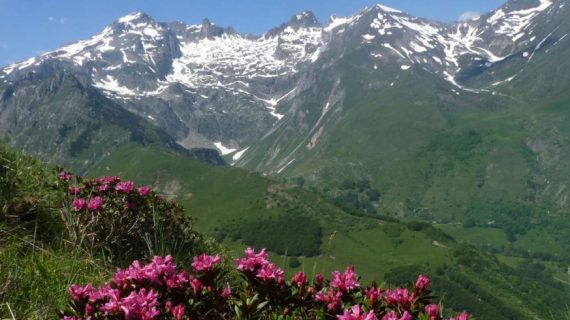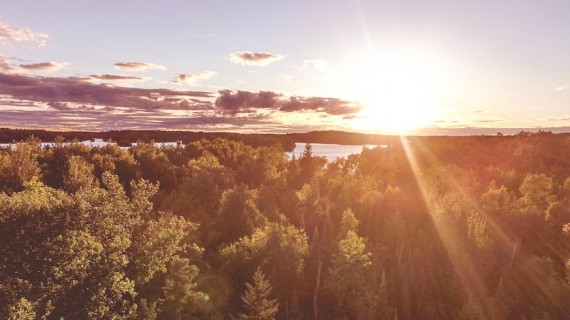Many people have defined them as the eighth wonder of the world. In Valchiusella, Piedmont, discover the Temples of Humanity, an underground construction, pride of the Community of Damanhur.
In a village of 500 people, 50 km from Turin, hidden in the heart of a mountain, lies what many have called the eighth wonder of the world. We’re talking about the Temples of Humanity – or of Man, the largest underground construction in the world. They were made by the Federation of Damanhur, a community of people united by a precise philosophy. The work began in 1978 and was completed in 16 years, digging the rock by hand. They have been officially recognized as a work of art by the Superintendence of Fine Arts and attract tourists and onlookers from all over the world every year.
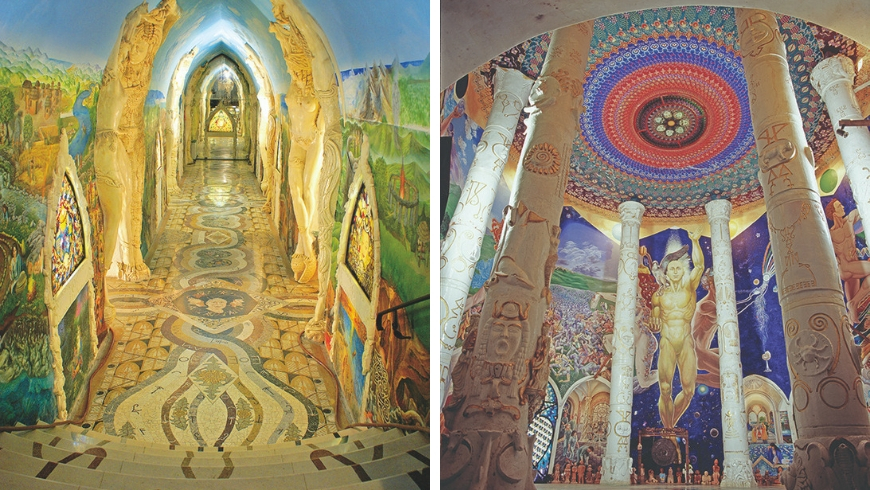
The Eco-Society of Damanhur
The community of Damanhur – literally, city of light – has over 600 people. It was founded in Vidracco in 1975 by Oberto Airaudi, a writer, psychic and pranotherapist who would have been inspired by mystical visions. Damanhur is a self-managed ethical-spiritual group, regarded by some to be a real sect. Their history has often been marked by legal disputes. The construction of the Temples itself was object of investigation in 1992, as it was kept secret and therefore unauthorized. An anonymous letter revealed its existence. After the intervention of the authorities and the regulation of the construction site, the works continued to deliver to the world the wonder we see today, which can be visited all year round. The Federation in fact decided not to keep the masterpiece it had made hidden any more. The declaration of the Superintendence – in 1996 – decreed the official opening to the public outside the community.
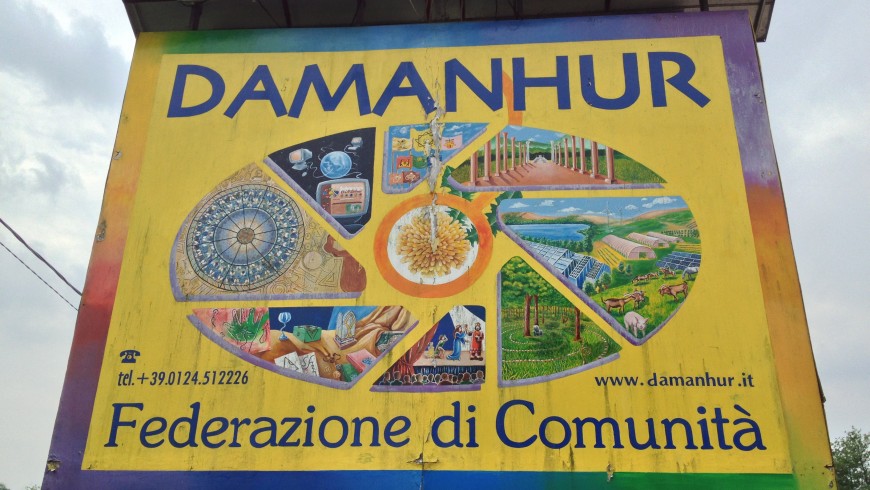
Damanhur has its own currency, its own educational and economic system, administrative bodies and exclusive job positions. They call themselves an eco-society; their fundamental belief is that man is the bearer of a divine spark. Through meditation and some techniques they invented, Damanhurians learn to direct vital energies to become increase self-consciousness. They also have their own conception and interpretation of history and physical phenomena (not supported by established scientific theories), based on the theory of “synchronic lines”, some “streams of energy” that cross the planet, connecting it to the rest of the universe and on the basis of which events can be explained.
One of the core values of Damanhurian spirituality is ecology. The Earth is seen as a living being in and of itself. They want to value more the fact that man is connected with it as with other living beings. Renewable energies, organic farming, bio-architecture, lessons dedicated at schools: in Damanhur, sustainability is created every day, through concrete action.
The eighth wonder of the world
The Temples of Humanity occupy 8.500 cubic meters of underground space, divided into five floors, up to a depth of 72 meters beneath the ground. According to the community, the building was inspired by one of the visions of Airaudi, who saw a star falling to the ground exactly where today we find the Temples, and there he began to dig the rock with his bare hands. There is no doubt about the extraordinary nature of the building we are talking about.
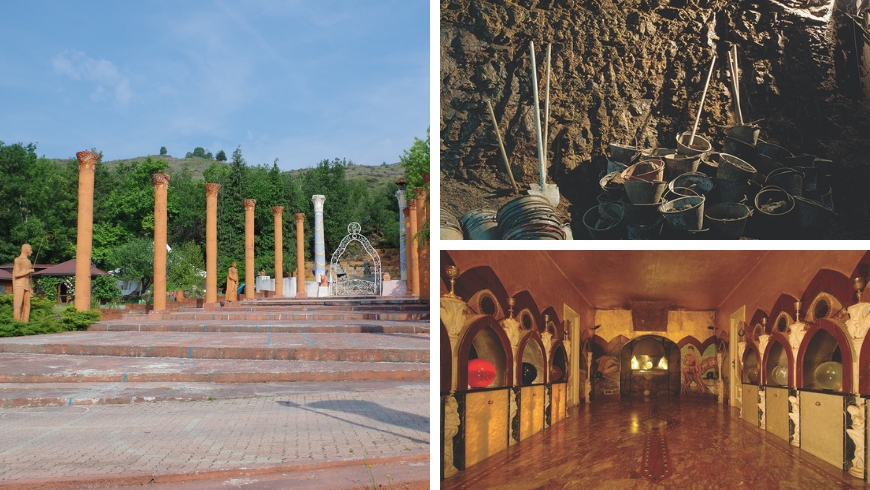
The Temples are a sparkling of art, colors and lights. A complex and wonderful architecture, which winds through corridors, niches and secret rooms. That’s why they have often been compared to the Egyptian pyramids. And the association, in fact, is not wrong: different concepts of the spirituality of Damanhur derive from ancient Egypt. Citizens therefore have a little “taken advantage” of this stereotype; how? Yes, there are secret rooms in the Temples, but… Also other secret rooms inside them!
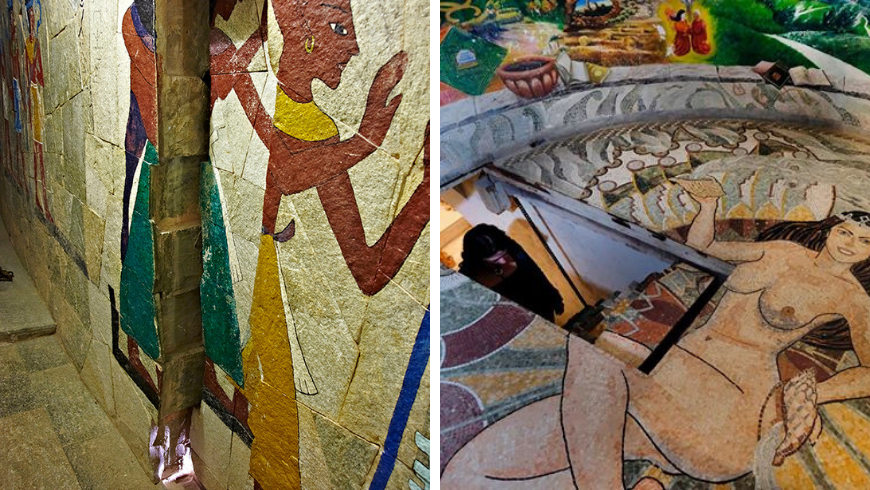
The walls are decorated with glass and stone mosaics, paintings, sculptures, inlays in wood, copper and embossed. Following an articulated path, we discover the seven rooms of the Temples, each one dedicated to an element and characterized by its own mysticism. The first is the Hall of Mirrors, dedicated to light, air, sky and sun with a glass dome and a granite and marble floor.
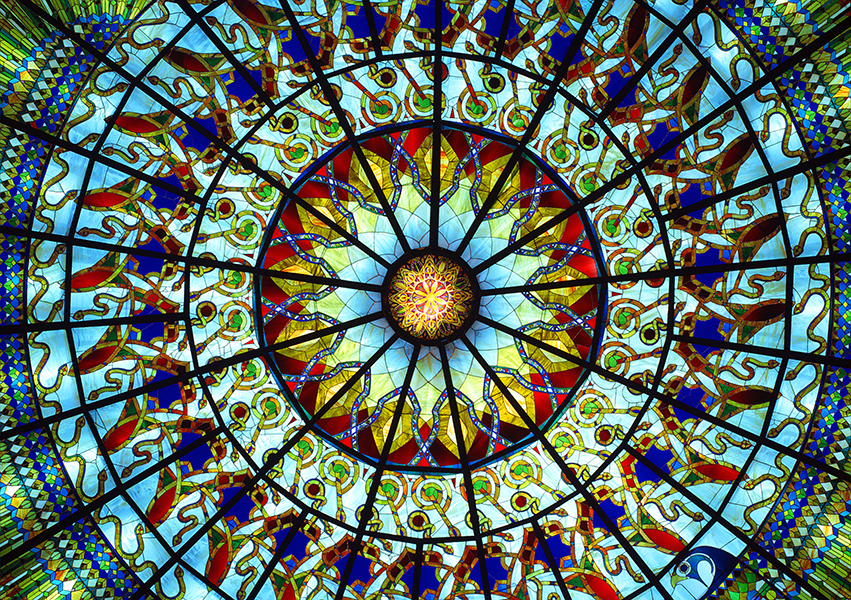
The Hall of Water is dedicated to the principle and female divine forces; it is also enriched by a dome and it houses a fire that is always on. Continue with the Hall of Earth, 30 meters below ground level, consisting of two circular rooms and decorated with a magnificent glass portal with sunny colors. The Hall of Metals is dedicated to metals and time, with eight precious windows depicting eight faces.
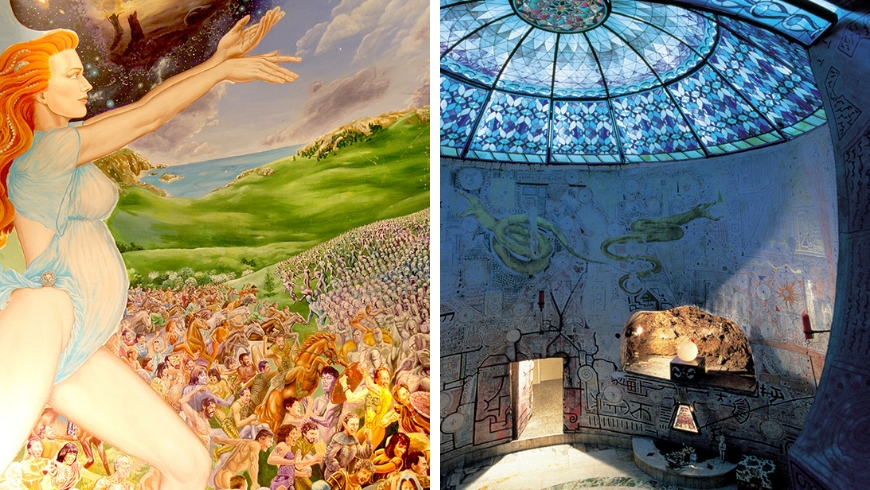
The fifth room is one of the most particular, is the Hall of Spheres, entirely covered with gold leaves: it represents the heart of the Temples, the name is given by the nine spheres along the walls, which contain alchemical liquids of different colours. This is where you empathize with the Synchronic Lines, and most visitors – even the most sceptical ones – come out of the room amazed by the energy they perceive during the visit. Penultimate room is the Labyrinth (don’t worry, no danger of getting lost), in which the history of humanity is traced through paintings along all the walls. Finally, the Blue Temple, the oldest room built entirely by hand with hammers and chisels, dedicated to the birth of the Temples and enriched by a mosaic in the centre of the floor that represents “The Star” of the Tarot.
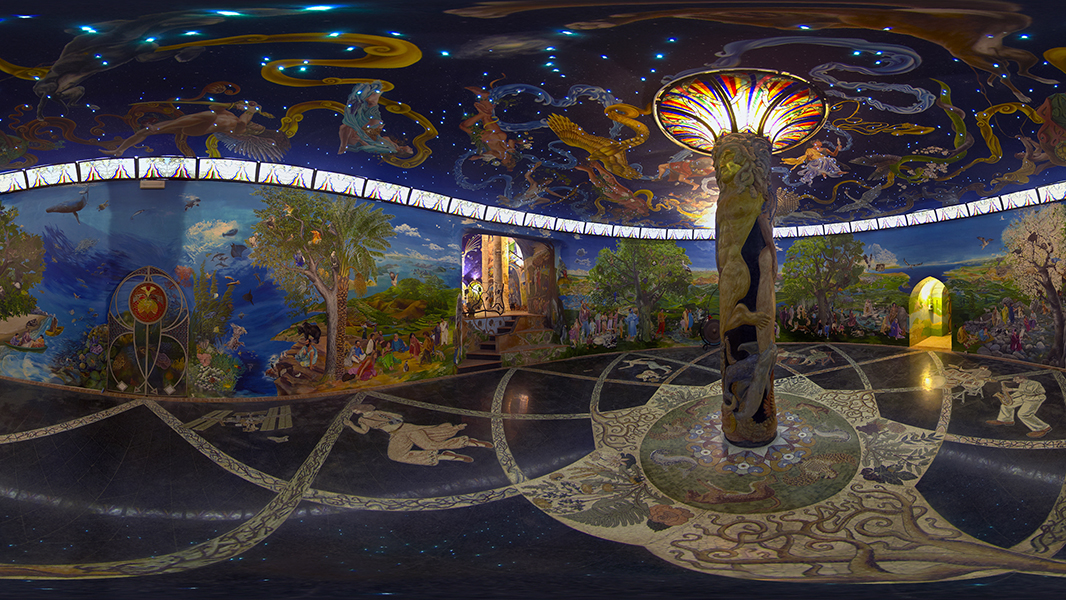
Visiting Damanhur
Besides the spectacular construction of the Temples of Humanity, the external environment, on the surface, also deserves to be visited. The main (and historical) settlement of the community is called Damjil; many activities take place there. The most fascinating area to visit is the Sacred Wood, an open-air temple that winds through several paths. An “enchanted forest” just above the underground Temples, which amplifies its energy through the vegetable world.
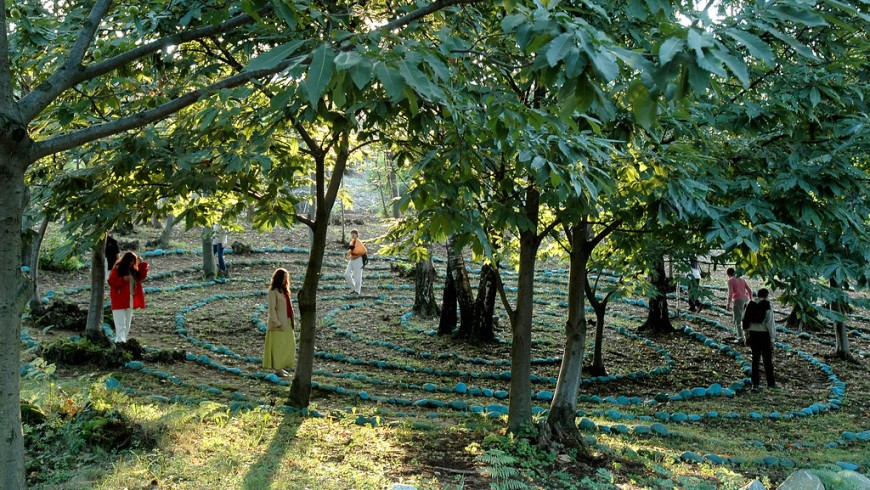
The eighth wonder of the world can be visited all year round, buying different types of tickets. It always starts with a guided walk in Damjil, to discover the history of the community and its organization, which is essential to eventually visit the Temples or participate in some activities. It is free on holiday and lasts about 45 minutes. It can be added the visit to the first four rooms of the Temples of Man or to the entire underground construction, which lasts half a day. Finally, it is possible to spend an entire day in Damanhur, discovering all the areas of the settlement and also participating in a meditation session in the Wood.
The Temples of Humanity are one of those hidden treasures just a few steps away from us that are worth discovering. They are an example of how man is still able to build something magnificent without resorting to industrial means and without distorting the environment in which he acts.
If you are curious to know live the daily life of the community and see with your own eyes the amazing construction of “the eighth wonder of the world”, take advantage of our Ecobnb just 15 minutes walk from Damanhur!
Cover image: Hall of Metals, Temples of Humanity, ph by Damanhur.
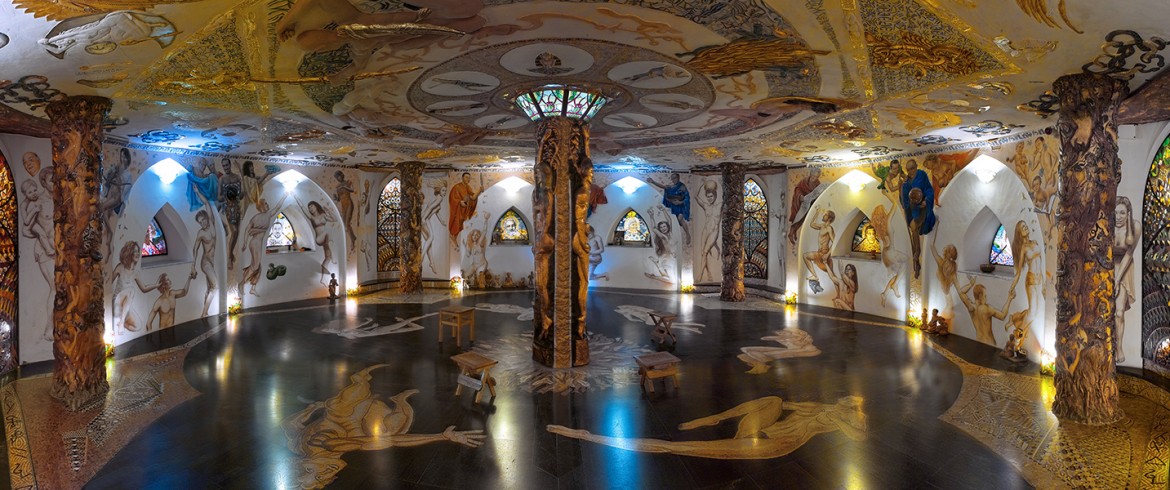
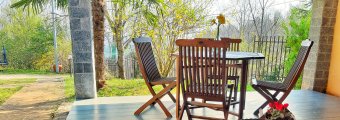 Torre Cives – Green Bed & Breakfast in Vidracco, Torino, Piemonte, IT
Torre Cives – Green Bed & Breakfast in Vidracco, Torino, Piemonte, IT  B&B Verde Musica – Green Bed & Breakfast in Borgofranco d'Ivrea, Torino, Piemonte, IT
B&B Verde Musica – Green Bed & Breakfast in Borgofranco d'Ivrea, Torino, Piemonte, IT 